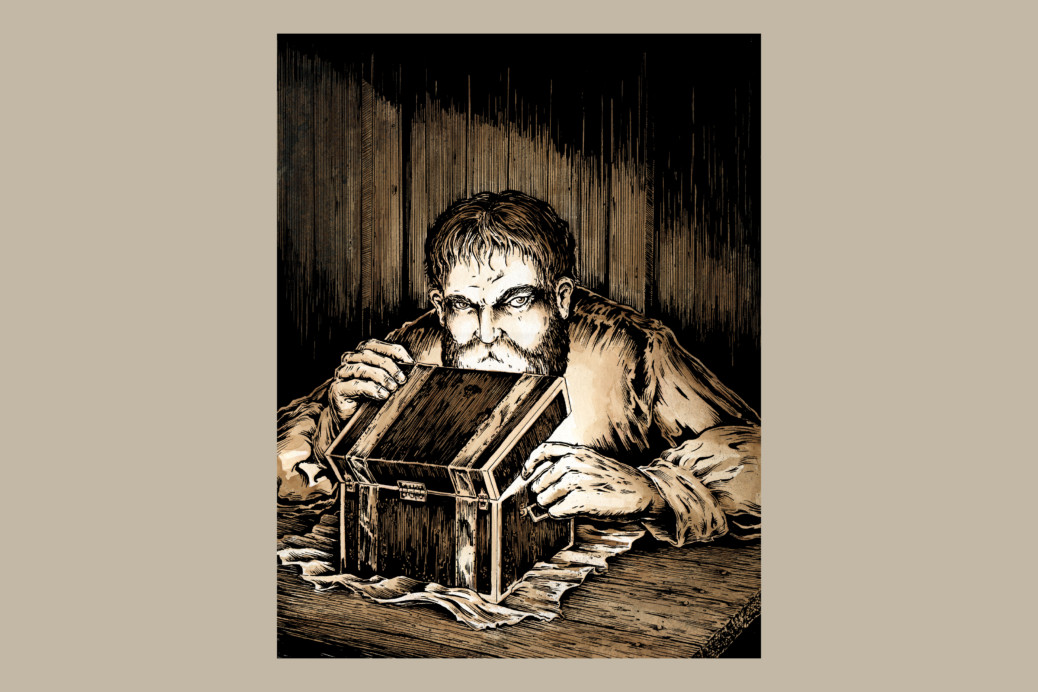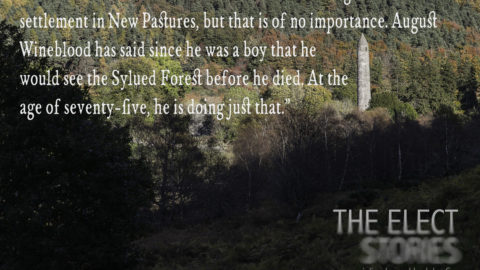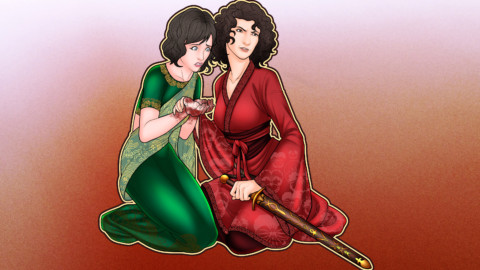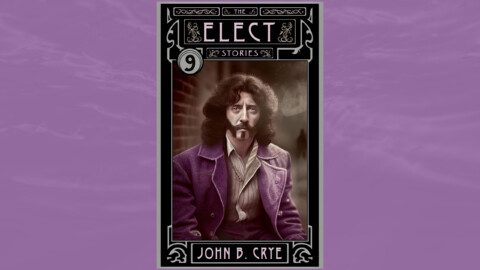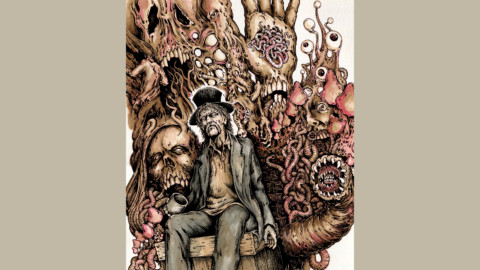Some readers expressed surprise when “The Elect Stories” made a leap of twenty years from chapter one to chapter two. While the absence of the first chapter’s heroes, Palm and Timriel, is an obvious change, a more subtle one is the shift to present tense. The swashbuckling story of young Palm and Timriel’s first coming to Vessena is written in past tense with the nostalgic language of memory. In the next chapter, Wineblood’s journey into the Forest, and the events surrounding the siege of House Yesidreel are written in an active, immediate present tense. I have two reasons for doing this, and neither are very fancy:
First, the story is about (among other things) the very human tendency to add a golden glow to our memories that erases ugly details, and about how we can lead ourselves astray if we come to believe this false narrative. Writing in past tense makes it easier for the writer to drop in exposition and world-building details, and it allows for an omniscient storyteller voice that delivers all of the above in a manner that is convincing and comforting. Writing in present tense lends itself to a more journalistic style: only the details witnessed in the moment, with little time available for exposition. This limited perspective puts the reader much closer to the point-of-view of the characters, which helps create empathy, and also creates a greater sense of tension. Placed side-by-side, with characters in the present tense stories reflecting on the events of the past tense stories, a lot can be said about how “more exposition” also means “more editorializing,” and that means “more manipulation of the narrative.” I intend to say a lot about that, anyway.
Second, the change from past to present tense makes an easy marker for the reader to find, pointing out whether the story they are reading is set in the past era of Palm and Timriel, or the present era of See and Kiree. I have written posts before about how the change in fashion, as described by August Wineblood in chapter two, also makes a quick reference for the time period: is this the tricorne hat era of the past, or the top hat era of the present? The use of verb tense is another such sign-post: the past is in past tense, and the present is in present tense. I’ve been asked why I don’t provide some kind of date at the beginning of the chapter to indicate the period the chapter is set in, but creating a fictional calendar and timeline to provide context for those dates was going to require more brain space than I wanted to ask of readers.
Similarly, it was suggested that I could simply label each new section as “20 years earlier” or “20 years later” but, in my opinion, that kind of indicator becomes repetitive and intrusive when you get into chapters like our latest, Chapter 3, which moves between those two time periods within the same chapter, and even moves into the thus-far unseen gap between those two periods. Give it a read and tell us if you don’t agree. Chapter 3 is now available for $0.99 via the Kindle App. FREE with your Kindle Unlimited subscription!
